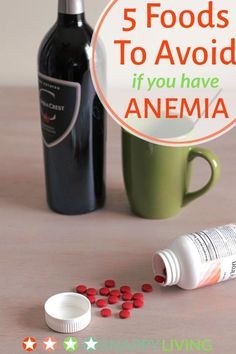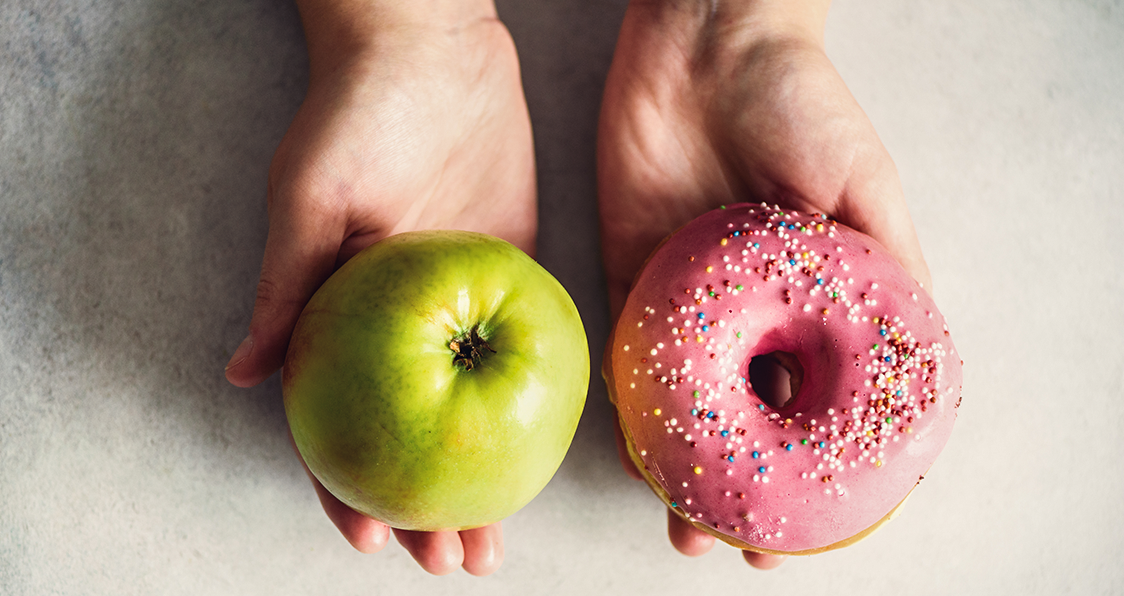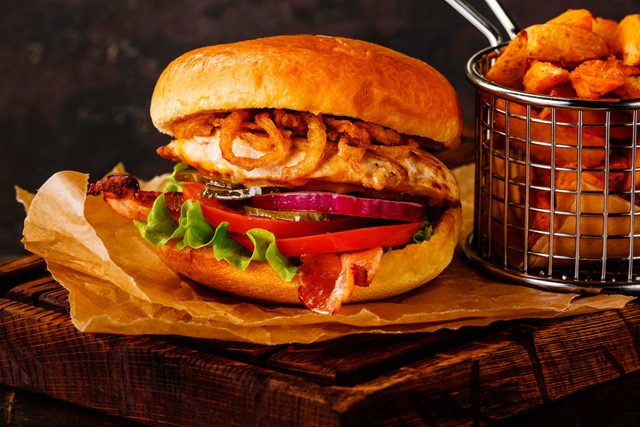
Summer is a time to eat cool and healthy foods. Because the heat season is so hot, our digestive system is at its most delicate. It is therefore important to restrict the intake of hot food. Healthy ingredients and portion sizes are important for snacks and meals. You should consider the season, ingredients, and personal requirements. These are the best summer foods. Here are some options for a healthy diet.
Fruits and vegetables. Most people like to eat fruits and salads in the summer. However, they contain a high amount of sugar and calories and are not healthy for the body. You should eat a wide variety of fruits and vegetables in summer. These are also excellent choices for breakfast smoothies and go well with a cup of fresh fruit. These healthy choices can be a great addition to your daily meal plan.
Melons. Muskmelons are a great option to increase your energy. This is especially useful for those who suffer from fatigue in hot conditions. Moreover, they are packed with vitamins and minerals, which will keep you active and healthy all throughout the day. Muskmelons are easy to digest, and good for your baby's gut. If you are worried about the sugar content of these foods, you could always mash them and make a drink out of it.

Apples. They're great during the summer because they have a lot water. These fruits are packed with pectin, which helps keep the digestive tract smooth. These juicy fruits are rich in antioxidants, which helps you stay healthy. It also provides a good amount of energy. And because they're so rich in Vitamin A and C, they're great for fighting diseases that cause dehydration. If you are looking for healthy foods in the summer, make sure to include them in your daily diet.
Tomatoes go well with any meal. Tomatoes can be used for both lunch and dinner. They are full of vitamins and antioxidants which protect the skin from the UV rays. You can enjoy a delicious meal and not worry about the health effects. They're good for your health, as well.
Berries are another option for summer. They're high in fibre, which is essential for healthy digestion. You can also get a cup of berries to improve the texture of your skin. You can also get antioxidants from berries, which are good for your body in fighting serious diseases. Some berries are better than others. You might want to avoid eating any berries if you are allergic to them. Berries can help you maintain a healthy weight, in addition to being rich in vitamins and minerals.
Yogurt makes a great option for babies. It contains protein, calcium, and vitamin D, which are important for a healthy digestive system. Yogurt provides protein for your baby, which is vital for healthy teeth development. It is easily digestible, so it can be introduced to your baby from as early as six month old. Making your own curd is a good option if you don't know how to introduce yogurt into your baby's diet. If you are unsure what yogurt to start your baby on, make your own.

Watermelon is the best summer food aside from fruit. It is a natural source of lycopene, which is essential for heart health. It improves your overall well-being. For the best benefits, you can grill the melon in olive oil. Grilled or roasted watermelon makes a great snack. This fruit doesn't require any additional sugar, and it is a great snack choice in summer.
Watery, nutrient-rich foods are the best summer food. Green beans are an excellent snack choice. They are 95% hydrated and can be used as finger food by babies. You can also try boiled cucumbers as a healthy snack. You can still enjoy delicious meals and stay hydrated during the summer heat as long as you don’t go overboard.
FAQ
Here are 7 ways to live a healthy lifestyle.
-
Make sure you eat right
-
Exercise regularly
-
Sleep well
-
Drink lots of water
-
Get enough sleep
-
Be happy
-
Smile often.
What is the difference among a virus or a bacterium and what are their differences?
A virus is a microscopic organism that cannot reproduce outside its host cell. A bacterium is an organism that splits itself in two. Viruses are very small (about 20 nanometers) while bacteria are larger (up to 1 micron).
Viruses can be spread by contact with bodily fluids containing infected substances, such as saliva, urine and semen. Bacteria can be spread by direct contact with infected objects and surfaces.
Viruses can get into our bodies through cuts and scrapes on the skin, bites, and other injuries. They can also enter the body through the mouth, nose, eyes and ears, vaginal, rectum or anus.
Bacteria can be introduced to our bodies by cuts, scrapes or burns. They can also be introduced to our bodies by food, water and soil.
Both bacteria and viruses can cause illness. But viruses do not have the ability to multiply within their hosts. Viral infections can only cause diseases in living cells.
Bacteria can cause illness by multiplying in the body. They can also invade other parts of your body. They can even invade other parts of the body, which is why antibiotics are necessary to eradicate them.
What's the difference between fat or sugar?
Fat is an energy source that comes from food. Sugar is a sweet substance found naturally in fruits and vegetables. Both fats, as well sugars, provide the same number calories. Fats have twice the calories of sugars, however.
Fats can be stored in the body, which can lead to obesity. They can lead to cholesterol buildup in the arteries, which could cause heart attacks or strokes.
Sugars provide instant energy and are rapidly absorbed by the body. This causes blood glucose to rise. High blood glucose levels are dangerous as it can increase the likelihood of developing type 2 diabetes.
What's the difference between a calorie and kilocalorie?
Calories refer to units that are used for measuring the energy in food. The unit of measurement is called a calorie. One calorie is equal to one degree Celsius in energy.
Kilocalories refer to calories in another term. Kilocalories measure in thousandths a calorie. 1000 calories equals 1 kilocalorie.
How much should I weight for my height and age? BMI calculator & chart
Use a BMI calculator to determine how much weight is needed to lose. The range of a healthy BMI is between 18.5- 24.9. You should lose about 10 pounds each month if you are trying to lose weight. Enter your height in the BMI calculator.
Check out this BMI chart to determine if you are overweight or obese.
Is cold an indication of a weaker immune system?
It has been said that there are two types of people on the planet: those who love winter, and those who don't. It doesn't matter if you love it or not, it is possible to wonder why it makes you feel so miserable when it gets cold outside.
Our bodies were designed to work best in warm climates. Hot climates are where our food sources are most plentiful, and we evolved to thrive there.
We live in a very different environment than our ancestors. We spend more time indoors than ever before, and are often exposed both to cold and heat extremes.
Our bodies don't have the ability to tolerate extremes. It means that when we do go outdoors, we are often tired, sluggish or even sick.
There are ways to combat these effects though. Staying hydrated is one way to combat this. Water is essential for your body to function properly and eliminate toxins.
A healthy diet is another important thing. Healthy food will help your body maintain its optimal temperature. This is especially true for people who spend long hours indoors.
Finally, consider taking a few minutes each morning to meditate. Meditation can relax your mind and make it easier manage stress and illness.
What is the problem?
BMI stands for Body Mass Index, which is a measurement of body fat based on height and weight. This formula calculates BMI.
Divide the weight in kilograms by the height in meters squared.
The result is expressed in a number between 0 - 25. Scores between 0 and 25 indicate obesity. A score of 18.5 indicates overweight. A score of 23 indicates obesity.
A person who weighs 100 kilograms and is 1.75m tall will have an BMI of 22.
Statistics
- According to the 2020 Dietary Guidelines for Americans, a balanced diet high in fruits and vegetables, lean protein, low-fat dairy and whole grains is needed for optimal energy. (mayoclinichealthsystem.org)
- WHO recommends consuming less than 5% of total energy intake for additional health benefits. (who.int)
- This article received 11 testimonials and 86% of readers who voted found it helpful, earning it our reader-approved status. (wikihow.com)
- WHO recommends reducing saturated fats to less than 10% of total energy intake; reducing trans-fats to less than 1% of total energy intake; and replacing both saturated fats and trans-fats to unsaturated fats. (who.int)
External Links
How To
What does the word "vitamin" mean?
Vitamins are organic compounds that can be found in foods. Vitamins are necessary for us to absorb nutrients in the foods we consume. Vitamins are not made by the body, so they must be obtained through food.
There are two types: water-soluble and fat-soluble vitamins. Water-soluble vitamins dissolve quickly in water. Some examples include vitamin C,B1 and B2 vitamins (thiamine), B2 and riboflavin, B3 and B6 vitamins (niacin), folic acids, biotin, pantothenic acids, and cholesterol. Fat-soluble vitamins are stored in the liver, fatty tissue and kidneys. Vitamin D, E, K and A are some examples.
Vitamins can be classified by their biological activity. There are eight major types of vitamins:
-
A - Essential for healthy growth and health maintenance.
-
C – essential for proper nerve function.
-
D - essential for healthy bones, teeth, and gums.
-
E - Required for good vision & reproduction
-
K – Required for healthy nerves & muscles.
-
P - essential for strong bones, teeth and tendons
-
Q - Aids in digestion and absorption.
-
R - necessary for making red blood cells.
The recommended daily allowance (RDA), for vitamins, varies depending upon age, gender, or physical condition. The U.S. Food and Drug Administration has established the RDA values.
For adults over 19 years, the RDA is 400 mg per day for vitamin A. However, pregnant women need 600 micrograms per day because it is important for fetal development. Children ages 1-8 require 900 micrograms per day. Children under 1 year old require 700 micrograms daily, while infants over one year old need 500 micrograms every day. This decreases between 9 and 12 months.
Children ages 1-18years who are obese need 800 micrograms per day while those who are overweight need 1000 micrograms per day and children who are underweight need 1200 micrograms per day to meet their nutritional needs.
Children aged 4-8 years old who have been diagnosed as having anemia require 2200 micrograms of vitamin C per day.
2000 micrograms are required daily for good health in adults over 50. Women who are pregnant or breastfeeding need 3000 micrograms per day due to increased nutrient requirements.
Adults over 70 years of age need 1500 micrograms per day since they lose about 10% of their muscle mass each decade.
Women who have been pregnant or are lactating require more than the RDA. Pregnant women need 4000 micrograms per dayduring pregnancy and 2500 micrograms per day after delivery. Breastfeeding mothers need to consume 5000 micrograms every day when breastmilk has been produced.